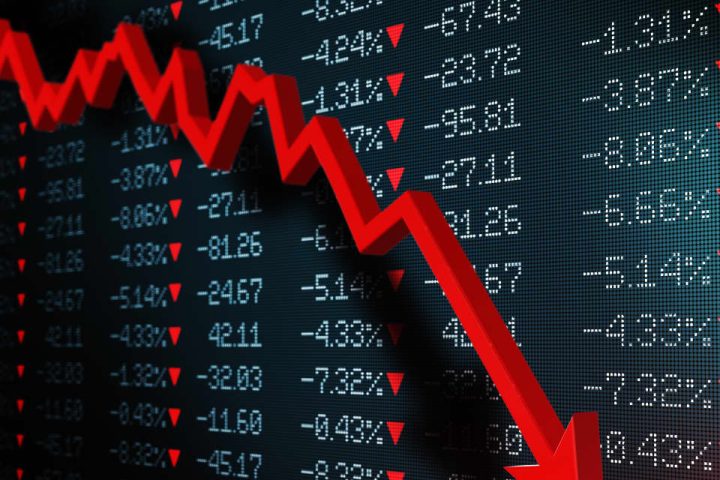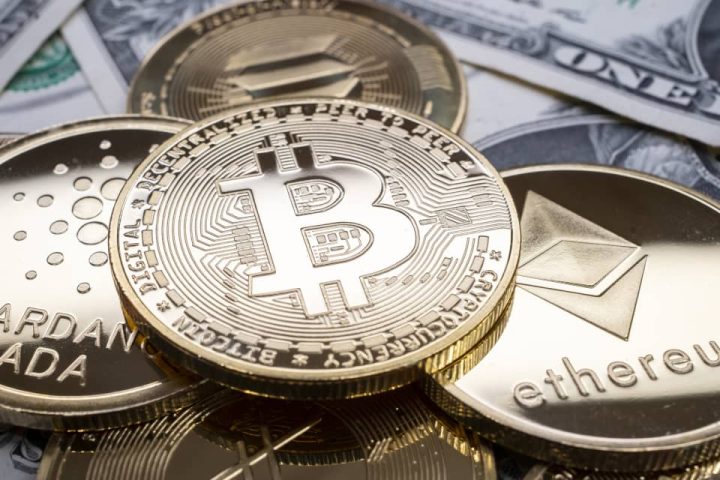Oil isn’t the hedge against Middle East turmoil it used to be. That doesn’t mean investors shouldn’t own crude for a little extra protection against a wider conflict.
The response of the oil price has been largely muted after Hamas fighters invaded southern Israel from the Gaza Strip, murdering hundreds of Israelis and taking dozens of hostages—prompting the Israel Defense Forces to respond with airstrikes on the densely populated territory and prepare for an imminent ground invasion of Gaza.
Futures tied to the U.S. price of crude oil spiked to around $86.50 barrel on Monday, from near $83 on Friday. That gain reversed over the next few trading days, with oil back to $83 a barrel by Thursday—meaning no additional premium for the events of the past week.
That makes sense. The U.S. is now a net exporter of crude and has a strategic petroleum reserve that can be used to smooth out disruptions to the global oil supply (even if it’s currently less full than usual). What’s more, the initial attack and response have done little to affect the supply of oil, which continues to flow.
Nonetheless, oil could make sense as a hedge against geopolitical risk. Tragically, the fighting between Israel and Hamas is likely to result in significant bloodshed. Iran, Lebanon’s Hezbollah, and other regional powers may feel compelled to respond. Enough escalation may even draw the U.S. into the conflict. Long-term dynamics aside, the market’s knee-jerk reaction will be to send oil prices sharply higher the morning after the next bit of bad news from the Middle East.
“The military conflict between Israel and Palestine over the weekend [initially] pushed oil prices up despite no immediate threats to oil supply,” wrote Christyan Malek, J.P. Morgan’s global head of energy strategy. “We believe this is an example of an emerging risk premium related to diminishing spare oil production capacity and we expect short term spikes to continue over the medium term while becoming more sustained.”
For investors, buying oil here is a trade with asymmetric near-term odds. On the one hand, oil is unlikely to fall below $75—supported by the same supply/demand dynamics that have kept the price above that level for most of 2023. But a spike to $100 a barrel is in the cards if the fighting escalates. That’s a potential upside of around 20% from Thursday’s $83 a barrel, but downside risk of less than 10%.
There are a number of exchange-traded funds that make it easy to bet on a higher oil price. The
U.S. Oil Fund
(ticker: USO) uses futures contracts for West Texas Intermediate crude oil, the U.S. price, to gain exposure to oil prices. The
United States Brent Oil Fund
(BNO) tracks the international benchmark oil price.
For investors with a greater risk tolerance looking for a higher-octane way to bet on a near-term spike in oil prices, there’s
ProShares Ultra Bloomberg Crude Oil
(UCO). The ETF aims to double the daily performance of the WTI oil price—whether up or down. As with any leveraged ETF, it’s a trading vehicle, not a long-term investment, and typically results in losses if held over the long term due to daily rebalancing.
Going long shares of oil producers—whose bottom lines benefit directly from a higher price for the commodity they sell—is another option. The
iShares U.S. Oil & Gas Exploration & Production
ETF (IEO) holds North America-focused oil companies, including
ConocoPhillips
(COP),
EOG Resources
(EOG), and
Marathon Petroleum
(MPC). That ETF is up more than 4% since the Friday before Hamas’ attack on Israel.
This is one case where a little oil could go a long way.
Write to Nicholas Jasinski at [email protected]
Read the full article here






